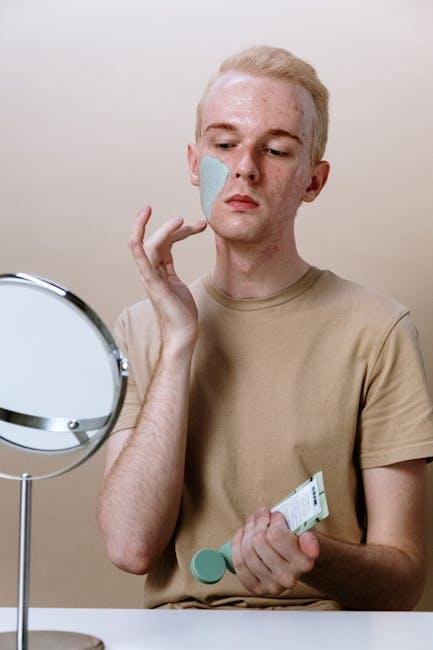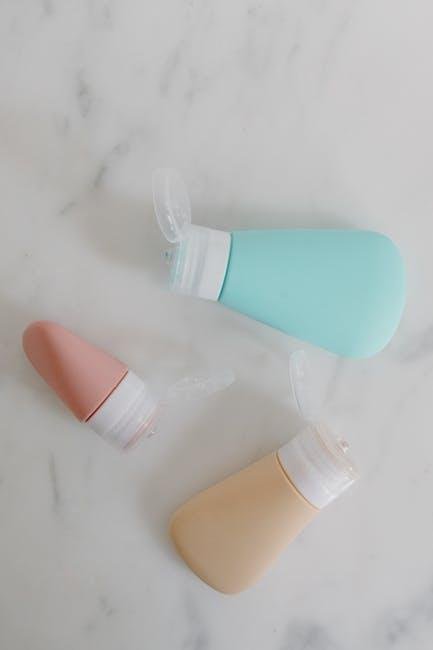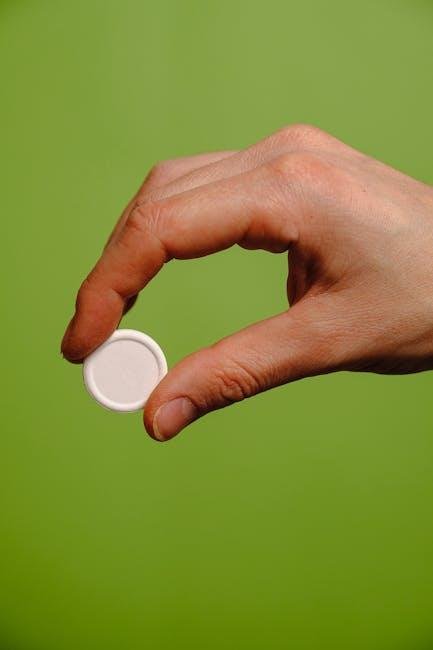navigating the world of skincare can often feel like traversing a dense, uncharted forest, especially for those with acne-prone skin. The quest for clear, radiant complexions is littered with a myriad of products and advice, leaving many feeling overwhelmed and uncertain about what truly works. but fear not; the path to clearer skin doesn’t have to be a daunting journey. At the heart of effective skincare lies the power of ingredients—natural allies that can soothe inflammation, regulate oil production, and promote healing. In this article, we will explore the best ingredients for acne-prone skin, unveiling their unique properties and how they can transform your skincare routine into a tailored regimen for balanced and healthy skin. whether you’re battling breakouts or simply looking to prevent future flare-ups, understanding these key players can empower you in your skincare journey. Join us as we sift through the options and highlight the standout ingredients that may just hold the key to your best skin yet.
Choosing the Right Cleansers for Acne Control
When selecting cleansers specifically for acne control, it’s crucial to look for ingredients that effectively target breakouts without stripping the skin of its natural moisture. Salicylic acid, a beta hydroxy acid (BHA), penetrates deep into the pores to dissolve excess oil and dead skin cells that can lead to acne. Benzoyl peroxide is another powerhouse ingredient, known for its antibacterial properties that help reduce the bacteria responsible for inflammation and pustules. Tea tree oil, a natural option, offers soothing antiseptic benefits and can calm redness while preventing new lesions.
Additionally, consider formulations that are non-comedogenic, meaning they won’t clog pores. Look for cleansers that contain gentle exfoliants such as glycolic acid or lactic acid to promote skin cell turnover without irritation. Avoid products with heavy fragrances or harsh sulfates, as these can exacerbate acne conditions.Here’s a swift reference table to summarize effective ingredients:
| Ingredient | Benefit |
|---|---|
| Salicylic Acid | Pore exfoliation and oil control |
| Benzoyl Peroxide | Reduces bacteria and inflammation |
| Tea Tree Oil | Natural antiseptic properties |
| Glycolic Acid | Promotes skin cell turnover |
| lactic Acid | Exfoliation with hydration |

Essential Moisturizers That Won’t Clog Your Pores
For those battling acne-prone skin, finding a moisturizer that hydrates without causing breakouts can feel like searching for a needle in a haystack. certain ingredients can help soothe and nourish your skin while keeping pores clear. Look for products containing lightweight oils such as jojoba oil and squalane. These oils mimic your skin’s natural sebum, providing moisture without the heavy feeling. Additionally, water-based gels with ingredients like aloe vera and hyaluronic acid are ideal, as they absorb quickly and deliver hydration without the risk of clogging pores.
Moreover, consider incorporating moisturizers enriched with non-comedogenic elements like niacinamide and witch hazel. These ingredients not only help in reducing inflammation but also assist in balancing oil production. To help you navigate the choices available, here’s a quick reference table of some top-rated moisturizers for acne-prone skin:
| Moisturizer | Main Ingredient | Key Benefit |
|---|---|---|
| Neutrogena Hydro boost Gel-Cream | hyaluronic Acid | Intense hydration |
| CeraVe PM Facial Moisturizing Lotion | Niacinamide | Soothes and calms skin |
| La Roche-Posay Effaclar Mat | Seboregulatory agents | Controls shine |
| Cosrx Oil-free Ultra-Moisturizing Lotion | Willow Bark Water | Soothes irritated skin |

The Role of Active Ingredients in Treatment Formulas
The efficacy of treatment formulas for acne-prone skin largely hinges on the active ingredients they contain. These components are specifically selected for their ability to target acne at its source, ensuring that the treatment not only addresses existing breakouts but also helps prevent future occurrences. Some of the most effective active ingredients include:
- Benzoyl Peroxide - Known for its antibacterial properties, it helps eliminate the bacteria responsible for acne.
- Salicylic Acid – A beta hydroxy acid (BHA) that exfoliates the skin, clearing clogged pores and reducing inflammation.
- Retinoids – Vitamin A derivatives that promote skin cell turnover, unclogging pores and reducing the appearance of fine lines.
- Niacinamide - A form of vitamin B3 that supports the skin’s barrier function and reduces redness and irritation.
The concentration and combination of these active ingredients significantly influence their effectiveness. Such as, a product that combines salicylic acid and benzoyl peroxide can target multiple causes of acne, while niacinamide may enhance skin hydration and reduce the side effects commonly associated with other treatments. Here’s a simple overview of how these ingredients work together:
| Active Ingredient | Function | Benefits |
|---|---|---|
| Benzoyl Peroxide | Antimicrobial | Reduces bacteria and inflammation |
| salicylic Acid | Exfoliating | Unclogs pores; reduces redness |
| Retinoids | cell Turnover | Improves texture; prevents breakouts |
| Niacinamide | Soothing | Maintains hydration; reduces irritation |

Natural Remedies for soothing Inflammation and Redness
When dealing with inflammation and redness associated with acne-prone skin, turning to nature can provide effective relief.Some of the most beneficial ingredients include:
- Aloe Vera: Known for its soothing properties, aloe vera gel can definitely help reduce redness and irritation while promoting healing.
- Turmeric: This powerful spice contains curcumin, which has anti-inflammatory effects, helping to calm irritated skin.
- Green Tea: rich in antioxidants,green tea can lessen inflammation and is often used in topical treatments.
- Chamomile: Chamomile extract is praised for its calming effects and can reduce skin irritation and redness.
Incorporating these natural remedies into your skincare routine can complement other treatments while providing extra care for sensitive and inflamed skin. Here’s a simple table showcasing how each ingredient can be used:
| Ingredient | Request Method |
|---|---|
| Aloe Vera | Apply directly as a gel or mixed with your moisturizer. |
| Turmeric | Create a mask by mixing with yogurt; apply for 15 minutes. |
| Green Tea | Use cooled, brewed tea as a toner or splash. |
| Chamomile | Use chamomile-infused oil or dilute tea as a soothing compress. |
to Wrap It Up
In the quest for clear, healthy skin, understanding the right ingredients can make all the difference. As we’ve explored, the battle against acne is not just about what to avoid, but also about what to embrace.From salicylic acid’s deep-cleansing prowess to the soothing touch of chamomile extract, each ingredient holds the potential to transform your skincare routine.
Ultimately, the best approach is one of mindfulness—taking the time to understand your unique skin needs and curating a regimen tailored just for you. As you navigate the aisles of your favorite skincare store or scroll through product reviews online, remember that knowledge is your most powerful ally. with the right combination of nature’s best ingredients, you can illuminate your skin’s path to clarity and confidence. Here’s to healthier skin and a more empowered you!



